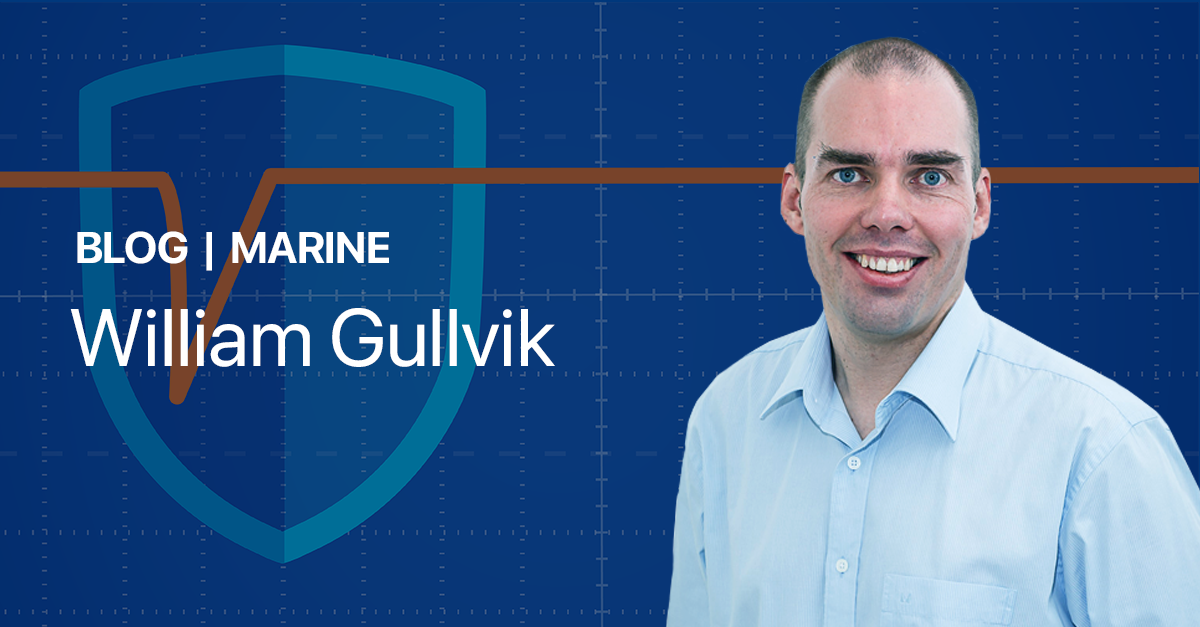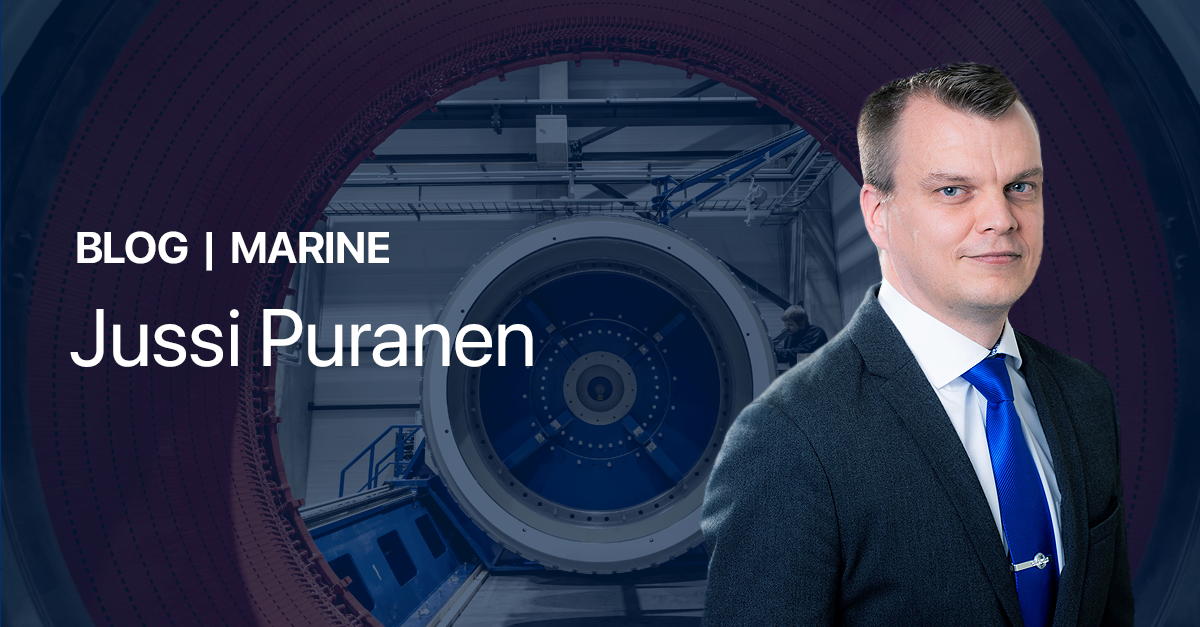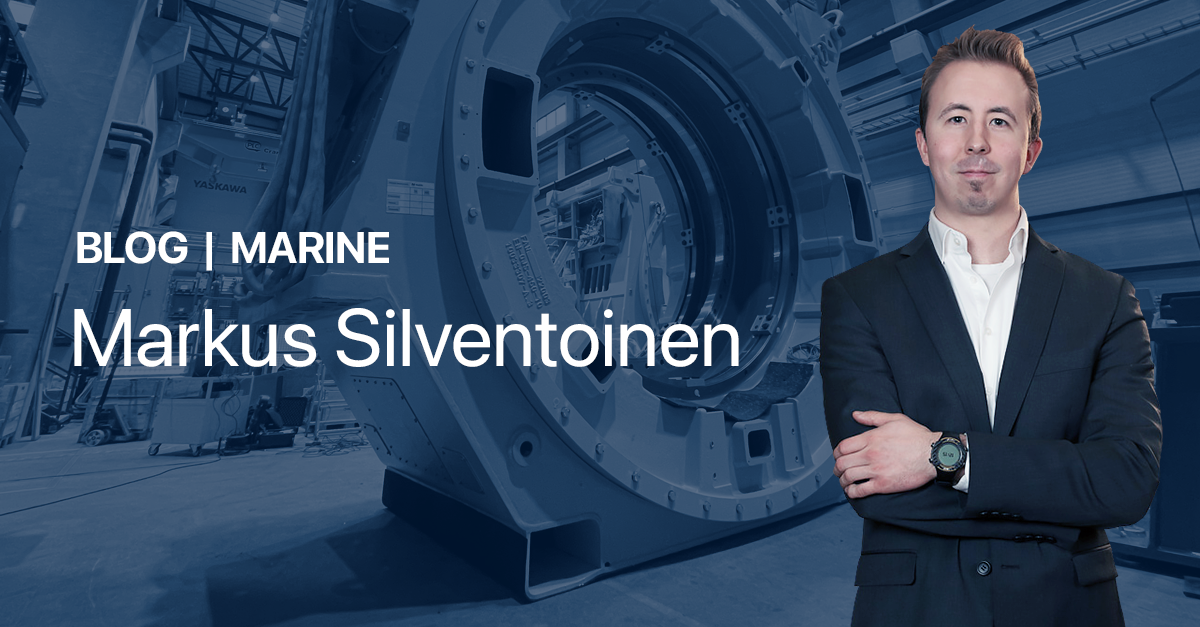Have you heard about our unique DC protection devices – 4 ultra-fast disconnect devices now available to safeguard marine DC electrical systems? When the marine industry faced increasing challenges with space and costs, people recognized DC would be more efficient. But new systems would be needed, and the issue of safety was a big concern.…



